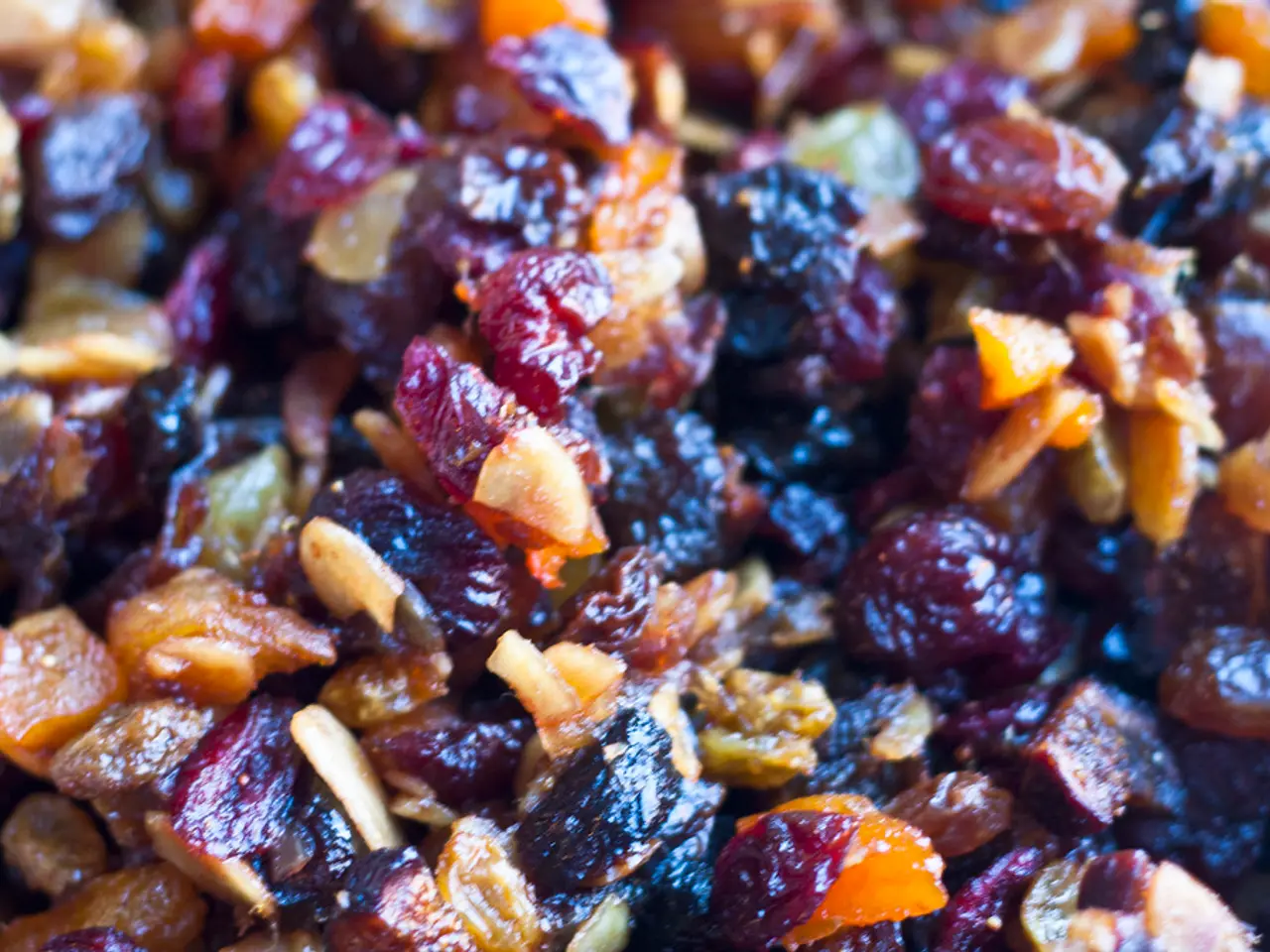Nutrition Guidelines for Young Children
Nutrition Guidelines for Toddlers: Feeding Your Little One Right
Good food at a young age plays a significant role in a child's development later in life. As a parent or caregiver, it's essential to provide a balanced and nutritious diet for toddlers aged 1 to 3 years. The MyPlate guidelines on choosemyplate.gov offer a daily food plan suitable for toddlers' small stomachs and high nutrient needs.
The plan recommends a variety of foods from all five food groups: fruits, vegetables, grains, protein foods, and dairy. Although the exact daily servings may vary depending on age and activity level, the focus is on nutrient-dense foods with an appropriate balance of portions.
Fruits and Vegetables
Toddlers should consume fruits and vegetables daily, aiming to provide essential vitamins, minerals, and fiber. Vary vegetables, offering all colors, including dark green, red, and orange vegetables every week. A serving of fruits or vegetables for a toddler is about 1-1.5 cups.
Grains
Grains, preferably whole grains, provide energy and fiber. One ounce equivalent of grains includes one slice of bread, one cup of ready-to-eat cereal, half a cup of cooked cereal, rice, or pasta, one mini bagel, one small tortilla, or one pancake of a certain size. Offer whole-grain breads, cereal, crackers, rice, or pasta for at least half of the grain servings each day.
Protein Foods
Protein foods such as lean meats, poultry, fish, eggs, beans, and nuts in age-appropriate forms are essential for growth and development. Protein food servings for toddlers are 2-4 ounce equivalents, or the amount of a food that has a similar nutrition value as 4 ounces of meat.
Dairy
Dairy products like milk, yogurt, or cheese supply calcium and vitamin D for bone growth. Toddlers should consume 2 cups of dairy per day, with lower-fat selections preferred after age 2.
Macronutrients and Energy
Carbohydrates should make up about 45–65% of total calories, focusing on fiber-rich sources. Protein should provide about 10–30% of daily calories for supporting rapid growth. Fat intake is important (25–35% of calories) to supply essential fatty acids critical during early development.
Since toddlers require around 1,000 to 1,400 calories daily depending on activity levels, meals and snacks should be structured to meet these needs while preventing overfeeding.
Portion Sizes
For exact portion sizes, the USDA MyPlate website offers interactive tools and charts specifically tailored to toddlers, which help caregivers plan balanced meals consistent with these guidelines and the toddler’s appetite and developmental stage.
Tips for Feeding Toddlers
- Make meal and snack times enjoyable for toddlers.
- Offer a variety of foods, including vegetables, fruits, dairy, grains, and protein.
- Offer nutrient-rich snacks such as crackers with peanut butter, cubed low-fat cheese, or apple slices to toddlers.
- Offer just one new food at a time, and not mixing foods, can help a child try new foods.
- Serving one favorite food with one new food often helps the child try the new food.
- Allowing the toddler to help prepare foods can encourage him or her to try new foods.
Avoiding Unhealthy Habits
- Do not use food as a reward or to comfort, or routinely withhold food as a form of punishment for toddlers.
- Most cakes, pies, cookies, soft drinks, sugar, honey, candy, jams, jellies, gravies, butter, and sour cream are high in oil, fat, and simple sugars and should be offered sporadically and in moderation.
Individual Plan for Toddlers
To create an individual plan for a toddler, log on to choosemyplate.gov and choose the age of the toddler.
Revision of the Original Fact Sheet
This fact sheet is a revision of the original, written by Cheryl Barber Spires, Extension Educator, Family and Consumer Sciences.
[1] Choose My Plate. (n.d.). MyPlate for Preschoolers. Retrieved from https://www.choosemyplate.gov/preschool-children
[3] Choose My Plate. (n.d.). MyPlate for Young Children. Retrieved from https://www.choosemyplate.gov/young-children
- Adhering to the science of nutrition and health-and-wellness, it's vital to incorporate a variety of nutrient-dense foods, such as fruits, vegetables, whole grains, protein sources, and dairy, into toddlers' diets, as recommended by the MyPlate guidelines for toddlers.
- Beyond the immediate health benefits, a balanced and nutritious diet during the toddler years can have long-term impacts on a child's lifestyle and overall health, setting the foundation for food-and-drink choices later in life.
- In addition to considering the quantity of food, it's equally important to offer a wide range of options and to encourage a positive relationship with food, avoiding the use of food as a reward, punishment, or emotional coping mechanism, in order to support the overall well-being and development of toddlers.




